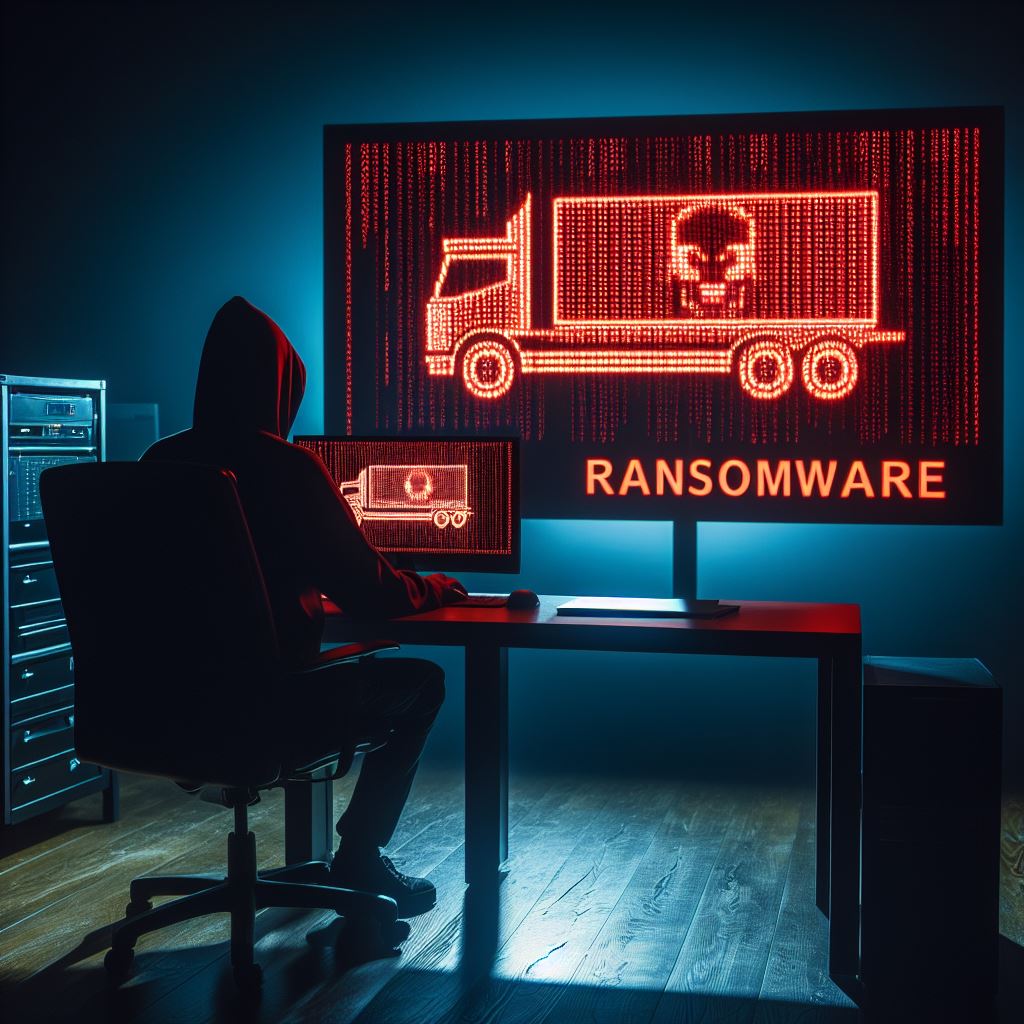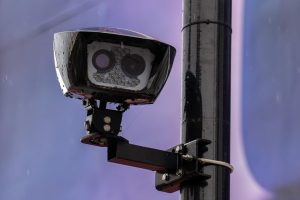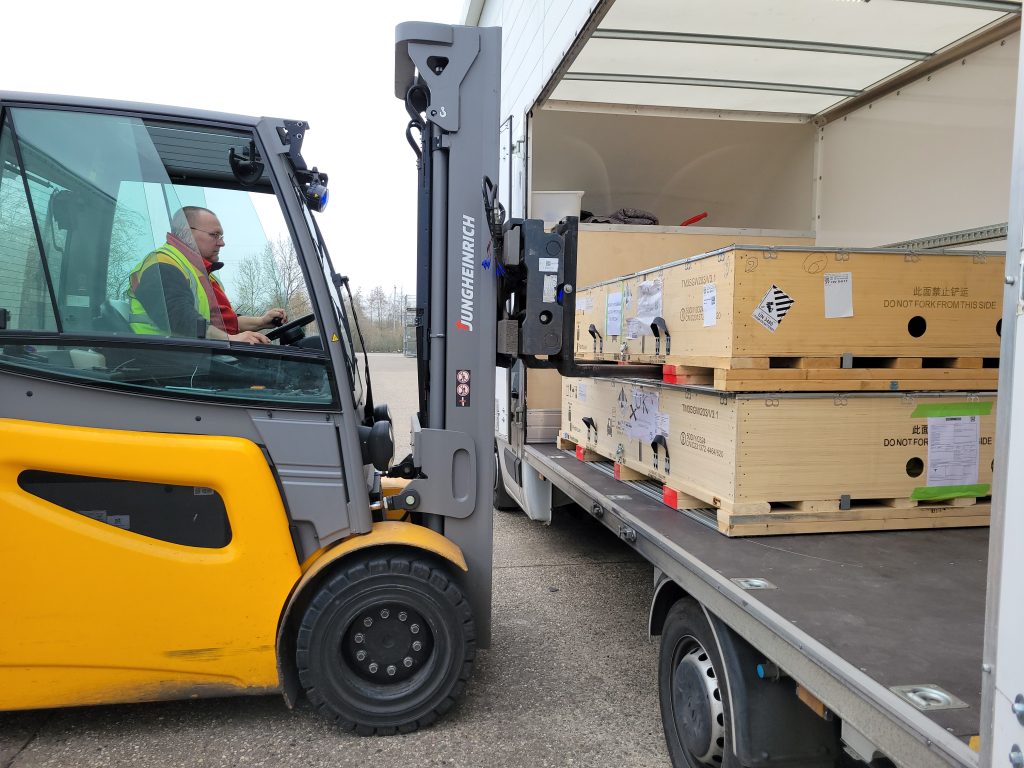Your may have heard of ransomware on the news. The attacks on the NHS and Royal Mail being two of the most notable.
So, what exactly is ransomware? Should you be worried?
Put simply it is a form of computer virus, a cyber-attack where a bad actor (hacker) manages to put a piece of illegal software on your computer. It then encrypts all the data on that computer and any other device or PC attached to the same network, making them unusable.
If the attack manages to get to mission critical data or software, it can cripple an organisation.
The hackers will then demand payment in exchange for a software “key” that will unencrypt the victim’s data. That’s the best outcome but it rarely happens even when the ransom is paid.
This is exactly what happened last year to KNP Logistics Group, owner of Knights of Old and several other hauliers, plunging the group into administration. Hundreds of jobs were lost.
Whilst these attacks are thankfully rare and typically target larger organisations, any business is vulnerable, big and small.
So, what can you do to protect yourself from ransomware and minimise the risk to your organisation? Here’s a few tips – these are also good, safe practices for everyday IT and data security.
HAVE A GOOD ANTI VIRUS
If you’re using Windows 8 or above, you have a very capable anti-virus built in, Windows Defender. If updated frequently this will be enough. Linux or Mac do not have built in anti-virus but there are plenty of free options available, but we would suggest purchasing a known brand such as Sophos or Norton for those platforms. Phones are not typically vulnerable to this type of attack.
BACKUP, BACKUP, BACKUP
An anti-virus is good but not perfect.
Regardless to how big you are, sole trader to blue chip, a data backup solution is critical. Data is the life blood of any company and you’d be surprised how many have fallen foul to data loss. A hard drive going bad, fire, theft. Once that critical data is gone, it is gone.
For a sole trader or SME, we would recommend the 3,2,1 backup method.
This is 3 copies of your data. 2 on separate devices (a copy on your computers hard drive and another copy on an external USB drive). 1 copy offsite – either an external drive kept offsite or, more often, a cloud solution.
This ensures that you have multiple copies of critical data. Such as invoices, PODs, bills, tax returns etc. Perhaps photos or videos. Anything that can not be recreated in the event of its loss.
External drives are not expensive. We don’t recommend USB thumb drives, as they can be unreliable. An external USB SSD (solid state drive) from a reputable manufacturer like Samsung, Crucial or Seagate is best and very affordable. These work well on all platforms even USB C compatible phones.
We would suggest NOT leaving any external backup device connected to your computer. If you were infected with ransomware there is a high risk your backup would also be encrypted. Backup, then disconnect the drive and store it somewhere safe or offsite.
If you have a Google or Microsoft account, you already have a free cloud storage solution in the form of Google Drive and OneDrive. These will probable be ample for most small companies but can be expanded for a small monthly fee. Dropbox is also a trusted solution.
BE VIGILANT
The final tip is to be vigilant, use common sense.
Don’t connect anything to your computer, laptop or phone that you don’t trust or don’t know where it’s come from. Even public USB charging sockets can be dangerous. Invest in a USB condom.
A common method to infect a large business is called a “candy drop”. The attacker will leave USB thumbs drives scattered around a company’s car park. A curious employee picks one up. On their lunch break they plug it into their work computer and the virus takes over their network.
The most common method of attack though is email.
Hackers can easily replicate emails, even videos and voices of colleagues to make an email look convincing. But this email contains the ransomware virus.
For sole traders and SME this attack is more likely to come in the form of an email from a customer who has been infected.
Never open an attachment on an email unless it is from a trusted source. Even then, if the email seems odd, wording seems off, or is unexpected, don’t open it. Contact the sender and confirm they sent it.
As mentioned earlier a good anti-virus will help mitigate the risk but they are not perfect and new viruses are being developed all the time.
Ultimately, the best defence against a ransomware attack is have your data backed up. If your computer is infected it can be wiped and Windows reinstalled.
The clean backup can be reapplied and at worst you’ve lost a few hours or a day’s worth of data. Not catastrophic.
A strong data backup should always be used regardless. On your computer, laptop, even your phone. If you have data, you can’t recreate, back it up, just in case.







